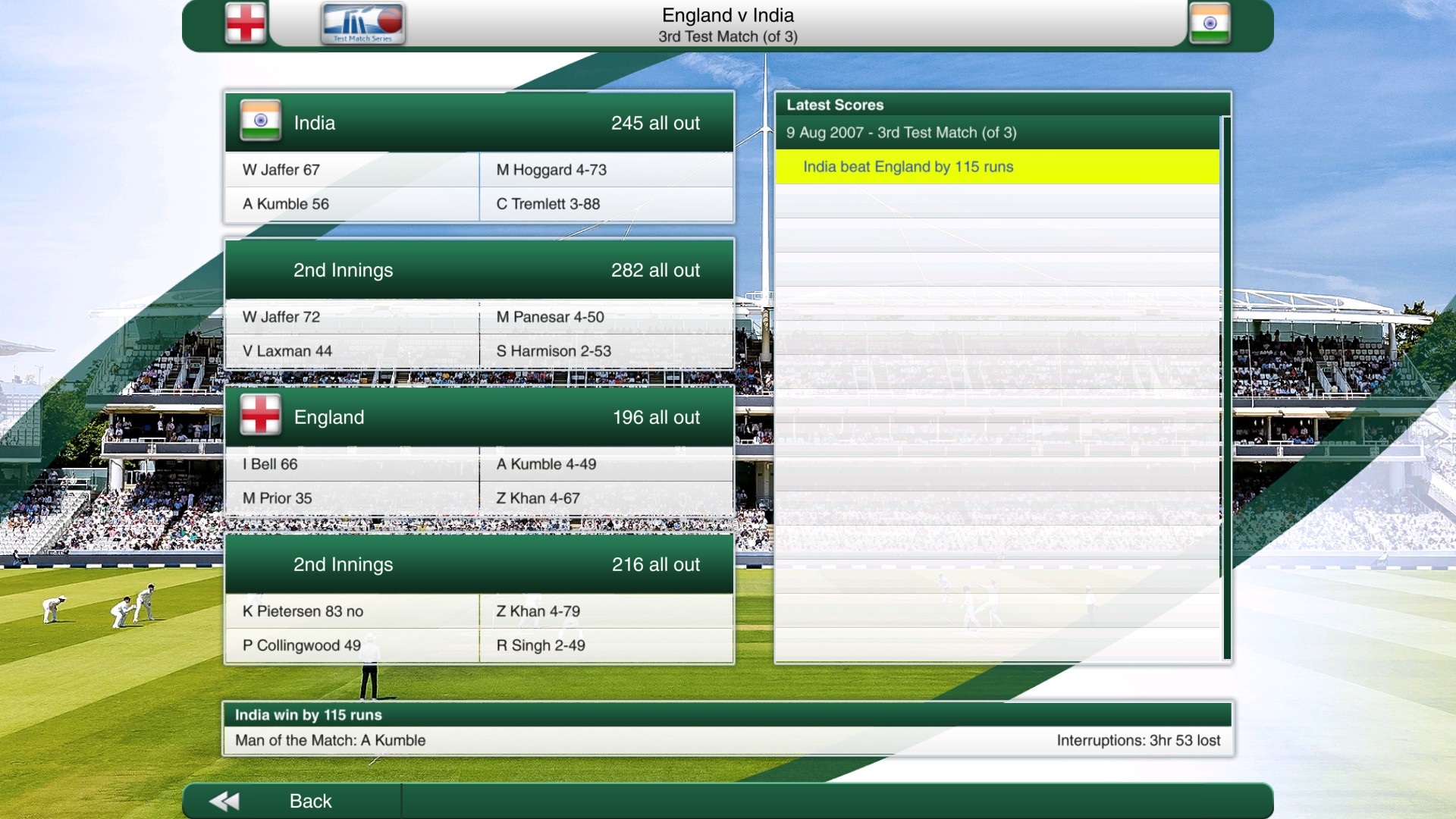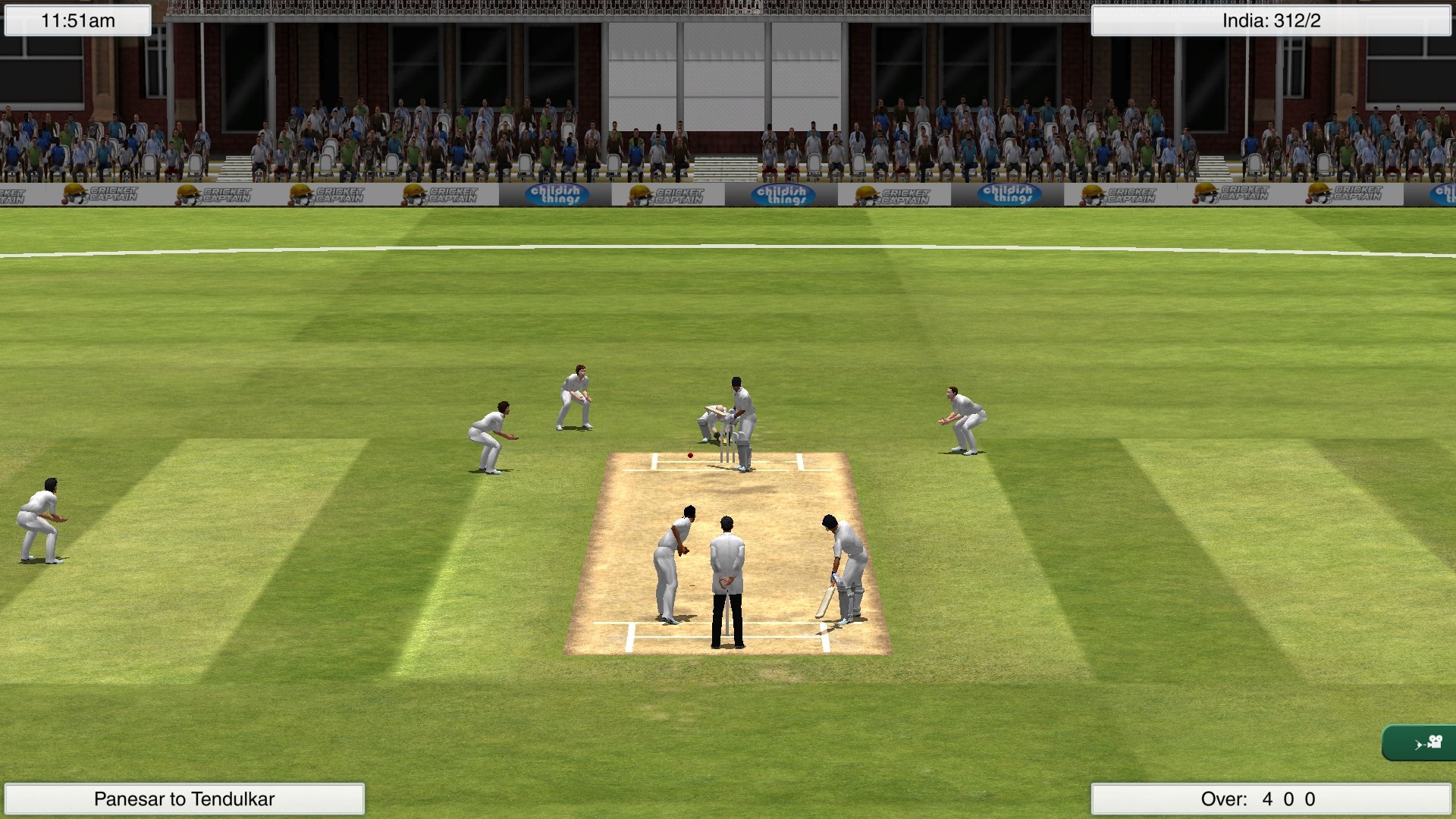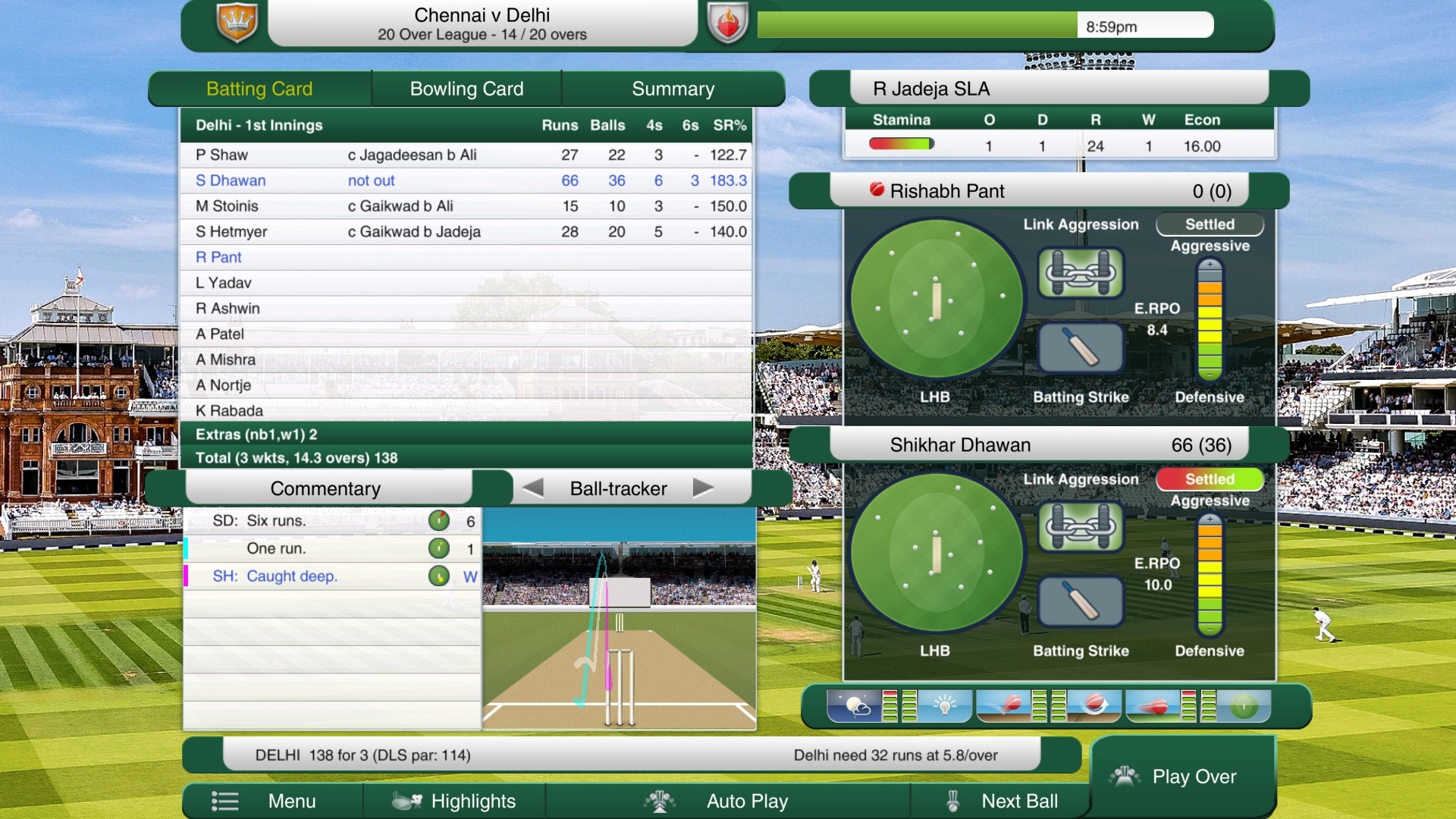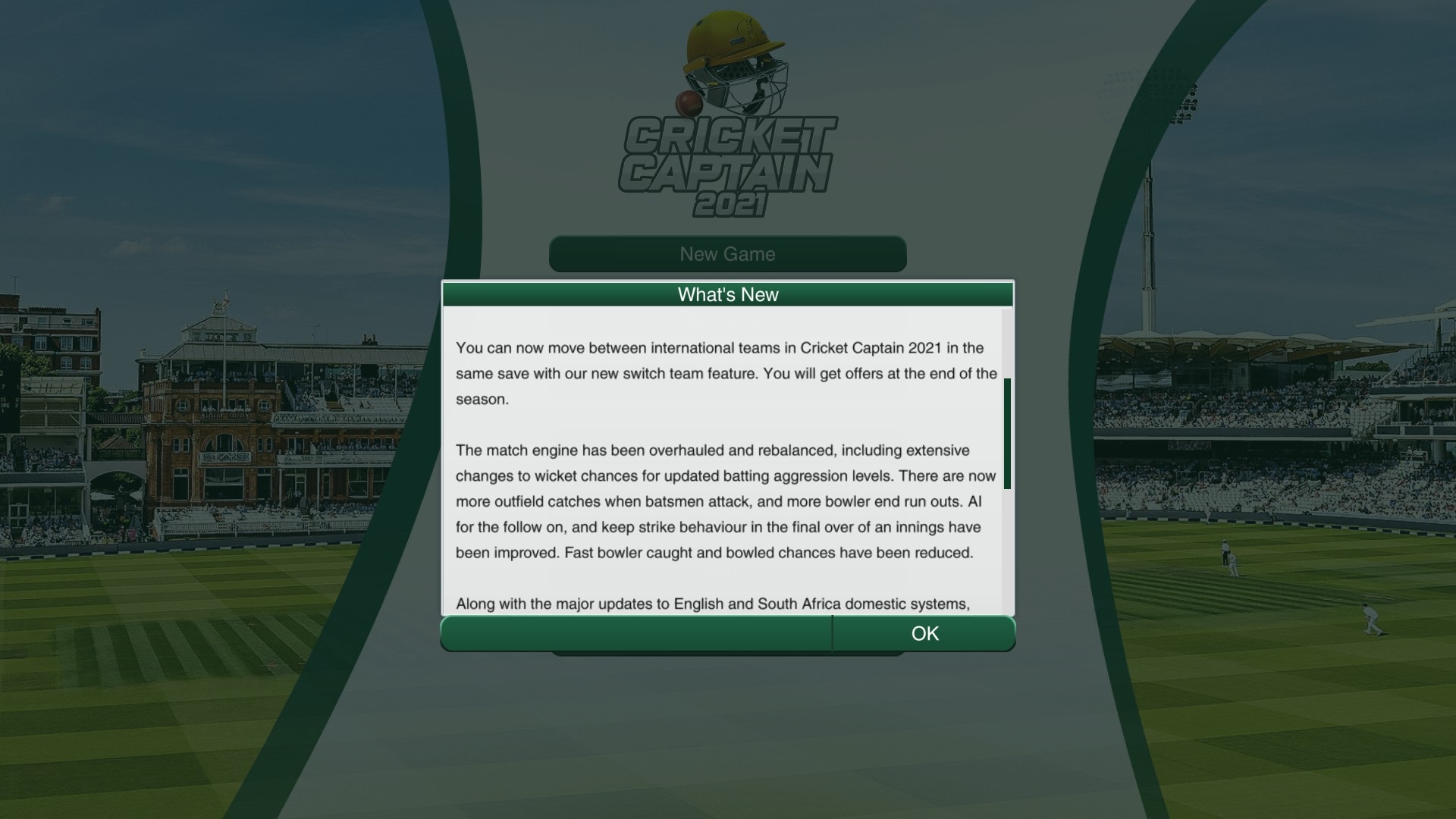The bad news save, I suppose, for those who are running out of shelf space is that this feature is not going to contain as many as new UK published books as some earlier ones. Perhaps that is testament to how thoroughly I winkled out what was coming our way when I prepared its predecessor, or perhaps there really are less people out there who are interested in buying print books, and consequently fewer who are prepared to write or publish them.
So a quick reminder of the rules I set myself. Firstly I generally aim not to mention titles twice in different features, although I sometimes disregard that particular one, mainly to encourage readers to go back to previous articles. To make that easier here is a link to January this year, and here is one to last July’s. Earlier ones going back more than a decade can be found, although in light of comments made by a few readers, always politely I might add (so far anyway), the site’s search facility is not the most intuitive on the internet by any means. That much said on this occasion I will quickly summarise in a closing paragraph some books that have been mentioned before but which, no doubt at least in part due to the current pandemic, have been delayed but are now expected in the coming months.
Secondly I usually start with those I missed last time, this time a fairly brief list, and then go on to those I know will be appearing, and sometimes I might engage in a bit of idle speculation. To that end the rumour mill is very quiet at the moment and in addition there are one or two current projects I do know a little about but in respect of which I have been sworn to secrecy.
The first title I missed, and a very good one, was the unusual but highly recommended Jazz and Cricket: An Unlikely Combination by Matthew Wright. I also missed Richard Thomas’s interesting if slightly unconventional history of the game, Cricketing Lives. I have penned a review of that one, which will appear shortly. Others that have been reviewed already are Gerry Wolstenholme’s One of Ten, and Pradeep Dhole’s Billy Midwinter and the Dawn of Test Cricket. One that hasn’t is Charles Sale’s The Covers Are Off. The book certainly has a unique subject matter, and I certainly can’t improve on the publisher’s summary, which is;
The last two decades have seen a civil war inside MCC over the future of Lord’s, though the club’s membership have largely been kept in the dark. On the one side, the MCC establishment; on the other, the property developer Charles Rifkind, who bought the rights to develop the railway tunnels under the ground’s Nursery End from under the noses of MCC.
Rifkind’s audacious purchase led to two decades of frustration, as MCC rebuffed his attempts to bring the ‘Home of Cricket’ into the twenty-first century. It is a saga that saw the cricketing establishment take sides in an increasingly acrimonious conflict, which played out in furious debates behind the closed Grace Gates.
With a cast list that includes a former prime minister, several England Test captains, leaders of finance and industry and committed agitators amongst the MCC membership, The Covers Are Off reveals a bitter struggle between the guardians of tradition and a new order intent on change.
In relation to books published in India I certainly missed three last time, and although I have yet to be able acquire any of them I hope that it may not be too long before the Anglo-Indian postal service is restored sufficiently to enable copies to reach me. Two are celebrations, fifty years on, of the twin successes the Indians enjoyed in the Caribbean and England in 1971. The books are Twice upon a Time: India’s Fairytale Cricket Victories of 1971 by Nishad Pai Vaidya and Sachin Bajaj and 1971: The Beginning of India’s Cricketing Greatness by Boria Majumdar and Gautam Bhattacharya. Finally, and only just released, is Suresh Raina’s Believe: What Life And Cricket Taught Me, which sounds suspiciously like an autobiography.
As to what the future holds I will stay, briefly, in India where a book by Ravi Shastri is due, Stargazing. The sub-title, The Players in my Life gives away that, slightly disappointingly, this is a collection of pen portraits rather than an autobiography, but hopefully the latter will be his next project. On the subject of collections the industrious Gulu Ezekiel has just published Forty Not Out, a collection of his work going back forty years. Five of the pieces appeared in Cricket and Beyond but that apart none have appeared in book form before and Gulu has selected them as his favourite past contributions to newspapers and magazines. Also due from Gulu is a new edition of his biography of MS Dhoni. Surely this must be some sort of record and, equally certainly unless its subject chooses to go into politics, the last edition?
One final piece of news from India, hot off the press, is that a biography of fast bowling great Mohammad Nissar by journalist Suvam Pal is nearing completion. Further details are awaited.
Pitch have been leading the way with cricket books for a while and they have three forthcoming titles, one not quite due as I type but which should be out by the time you read this, one due in August and finally one that is not due for a year but deserves flagging up early. The first of those is a bit of a new departure for Pitch, a pictorial work, The Colours of Cricket, a showcase for the work of photographer Philip Brown.
The August release is Never Surrender: The Life of Douglas Jardine, a new biography of the man who for a not inconsiderable number of us ranks as the greatest of England’s captains. Jardine has already been the subject of a fine biography by Christopher Douglas, so author Mark Peel has a tough act to follow, although if anyone can, he can. Curiously Pitch’s one confirmed book for 2022 is a biography of one of Jardine’s teammates, Andy Ducat. Unlike Jardine Ducat, who has the rather tricky to find the right adjective for distinction of being the only man to die whilst playing at Lord’s, has not previously been the subject of a book. A man capped by England at cricket and football Ducat’s biographer is Jonathan Northall.
And one more Pitch title to mention, this time a book that has been released recently but had slipped under my radar. The title in question is The Secret Cricketer: English Cricket From The Inside which, as I type this, I am half way through. The author, who portrays himself as a veteran of the county game, remains anonymous. Part of the pleasure in the book is trying to work out who The Secret Cricketer is, but that apart his thoughts on the game are certainly thought provoking ones.
Australia will be the source of some interesting books in the coming months and, after a rather quiet first half of 2021, it is to be hoped that the Cricket Publishing Company will release three titles in the very near future. One is the previously mentioned biography of Bruce Taylor, Tails To Tell. Taylor, sadly, died in February and did not therefore live to see the book into print. Its author is the excellent Bill Francis.
In addition to the Taylor book another title, and one I have not yet mentioned in a previous article, has quickly risen from nowhere to the top of the publisher’s schedule and indeed has a launch date, 10 July. The Perplexing and Tragic Life of Jack Cuffe is authored by Pat Rodgers. Cuffe was born in New South Wales and played once for the state as an all-rounder in 1902 before he came to England and played for Worcestershire until the Great War brought the curtain down on his playing career. There is, apparently, much that has recently been discovered about Cuffe and the book’s title is certainly an intriguing one.
Finally, to make it a busy July for them, the Cricket Publishing Company have a new one which is, even by their standards, somewhat ‘niche’. It is a reprint plus a brief new introduction of a publication from 1878 which covers a match played between 18 South Australians and what would appear to be a full Australian XI at the Adelaide Oval. Expect a limited edition of around thirty copies.
Also due from Australia is another autobiography from Greg Chappell. It doesn’t seem so long ago that Fierce Focus appeared (ten years in fact), but his publishers clearly feel that enough has happened in the last decade to justify the release of Greg Chappell: Selector, Commentator, Coach, Talent Scout, Mentor, Cricket Legend.
Gideon Haigh has a new book due at the end of the year, and it represents a different sort of book for him, helping T20 specialist Dan Christian get his story into print. The title of the book is The All-rounder: The inside story of big time cricket.
Peter Lloyd has, in recent years, been involved in some splendid books, more particularly this, this and this. He is currently working on a biography of Warren Bardsley which will, hopefully, appear in time for Christmas. A previously mentioned biography of Victor Richardson whose career, for a few years, overlapped with that of Bardsley will, I am assured, also see the light of day in time for the festive season.
Moving on to author and broadcaster Barry Nicholls Second Innings: On Men, Mental Health and Cricket, a new volume of autobiography, is due soon. In fact Barry puts in two appearances here, in a manner of speaking, as an updated edition of his book on the other side of the WSC coin, The Establishment Boys, is also due to be released later in the year.
It is now a number of years since a new book has appeared on the famous 1932/33 ‘Bodyline’ series. Over the years there have been many, and David Frith’s Bodyline Autopsy dealt with the famous tour so thoroughly that surely there is nothing more to be said? At least one man disagrees however as Roland Perry, who has already written a 645 page book based on his interviews with Donald Bradman, has a book on the series due in October.
The South Australia Cricket Association reaches an important landmark in 2021, its 150th anniversary. There is a book, of course, and SACA 150: A Celebration, looks like a special one. Before leaving Australia I can mention one more book, written by Dan Liebke. 50 Great Moments in Australian Cricket. It is to be released in November and sounds like just the sort of title that its publishers hope will do well in the Christmas marketplace.
I am not aware of any new books being published in New Zealand, but one about a New Zealand cricketer has just been published in Northern Ireland. I don’t know very much about the book but Wesley Harte has authored Glenn Turner: A Professional Cricketer. My suspicion, based on previous publications by Harte, is that it is an account of Turner’s cricket career with a generous helping of statistics, but I may be wrong.
Back in England, doubtless with an eye on the Christmas market, Henry Blofeld is writing again. Ten to Win and the Last Man in: My Pick of Test Match Cliffhangers is due in the autumn and will doubtless be brimful of ‘Blowers’ usual enthusiasm even if, as seems likely, it is a little short on serious historical research. Rather more appetising is a new book from Fairfield Books, written by Scyld Berry and taking a look at all of the Test playing countries.
ACS publications are always based on exhaustive research, and they have five books due in the next six months, the bulkiest being the 13th appearance of the Overseas First Class Annual which continues the association’s commitment to ensuring a complete record of all First Class matches appears in print each year. That will be accompanied by a ninth collection of Hard to Get Scores, covering matches in the West Indies between 1999 and 2007.
In addition to that pair of essentially statistical books there are also two titles due, one each from the estimable Cricket Witness and Lives in Cricket series, that are principally narrative works. The Life in Cricket is that of the Yorkshire bowler and far from negligible batsman George Macaulay. A fine cricketer between the wars who led a far from controversy free life this one is by new author Giles Wilcox. On the other hand the latest Cricket Witness title is from the pen of a highly experienced writer, social historian Eric Midwinter. Cricket’s Four Epochs examines how cricket reflects civil society and whether we might be entering a new epoch leading to a revival in red-ball cricket.
And finally from the ACS is one that will doubtless be a mixture of stats and narrative content. One of the sets of books that has been produced in recent years is a study of each Minor Counties season between 1895 and 1914, a twenty volume series that is now to be complemented by a history of the period, written by series editor Julian Lawton-Smith.
After a period of enforced absence from our review pages regular readers, especially those from the south coast of England, will doubtless be delighted to see the Sussex Museum return this week with a collection of essays on the subject of Prince Philip’s involvement in our great game. In the coming months they also have booklets on the subject of Murray Goodwin and one on the history of the Museum itself, as well as a pamphlet to celebrate the feat this summer of 16 year old Danial Ibrahim (who I note appears to be a Lancastrian) of becoming the youngest man to score a County Championship half century. In the slightly longer term Stephen Baldwin’s long awaited biography of John Wisden should appear in time for Christmas and, early next year, a full history of the Hove ground.
A new cricket publisher is always welcome, and CricketMASH have, in addition to Pradeep Dhole’s biography of Billy Midwinter, three more titles planned for 2021, and an intriguing selection they are too. The first, due in September, is a biography by Michael Jones, George Ayling: Sergeant-Major and Test Umpire. I can tell you that Ayling was a military man based in India, whose cricketing claim to fame seems to rest entirely on his having umpired a single Test match in 1956 between India and Australia at Eden Gardens. That fact apart all I know about Ayling was that he was 36 at the time of the match and that nine years later, by then working at Eton College, he died in his office. Clearly there is a back story, and I look forward to reading it.
Due in October/November is This Thing Can Be Done, a history of the Ashes. Nothing unusual there then, and author Arunabha Sengupta is a fine historian, but this won’t be like any other history of the Ashes. CricketMASH describe the book as being in the format of a ‘Graphic Novel’. Sengupta’s collaborator, Maha, is a talented artist and the man himself has written the splendid Sherlock Holmes and the Birth of the Ashes, so this one certainly promises to be original. Finally, in December comes what is certainly a novel, The Cricket Bookseller, by Gerald Marson. Having encountered a few such gentlemen over the years I will be interested to see who the title character is based on.
And finally a few long awaited titles that are getting close to release. Patrick Ferriday’s biography of Wilfred Rhodes will be the bulkiest, but other life stories due are Alan Rayment’s second volume of autobiography, published posthumously, Richard Sayer’s biography of Dave Larter and Roger Knight’s autobiography, Boundaries, due from book dealer John McKenzie with, for those of us who like that sort of thing, a special edition to accompany the standard one.
I also expect to finally see a Fairfield Books title I first mentioned many moons ago, David Woodhouse’s retrospective account of the controversial England tour of West Indies in 1953/54 and Jon Hotten’s new book, Bat, Ball and Field. Due any day is Tim Jones’ The 52: Worcestershire’s Forgotten First Class Cricketers.
It is also to be hoped that there may be further releases in Australia from the Cricket Publishing Company’s pending schedule. It is never easy to work out which of their previously referenced titles are closest to appearing, but there seems to be a good chance that Rob Franks’ biography of Bert Kortlang will be next.
And that dear friends, until January 2022, is that, save for just one more thing.
No one who saw it, either as it happened or later on, will ever forget Michael Holding’s extraordinarily powerful condemnation of racism during that rain break at Southampton last September. He has followed that up with a book, Why We Kneel, How We Rise, that was published last week. It isn’t really a cricket book of course, but it is written by a great cricketer and, I have no doubt, should be required reading for all of lovers of the game, not to mention the rest of humanity.
from Cricket Web https://ift.tt/3dDa8LB











